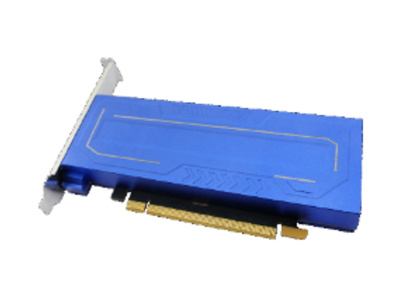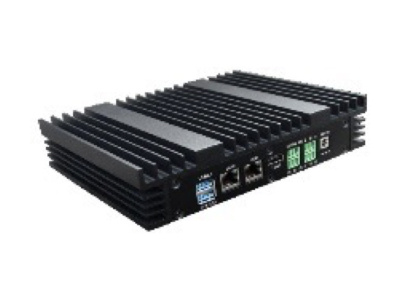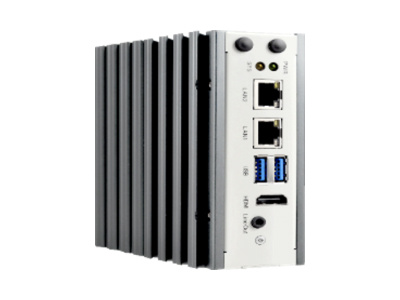Introduction
This task aims to develop an LED number recognition algorithm on the CV180X/CV181x processor to identify the numbers on the LED display in the image. This algorithm requires efficient and accurate digit recognition in the complex lighting and noise environment of LED digits. The algorithm requires detecting the LED display area from the image, outputting the four corner point positions, picking and aligning the target area, and finally identifying the digital content.
- Brief description of application scenarios
This algorithm can be widely used in various equipment, such as measuring instruments, timers, etc., to automatically read and analyze the numbers on the LED display and improve the level of automated collection of digital information.
- Acceptance Criteria
The algorithm performance will be evaluated on the evaluation set, mainly including accuracy, FLOPS and other indicators.
- Accuracy: Achieving 95% accuracy on the evaluation set.
- FLOPS requirements: The computational complexity (FLOPS) of the algorithm is required to adapt to the processor and not exceed 25G.
- Evaluation set
The evaluation set will contain multiple scenarios to simulate various situations that may be encountered in actual applications. Specific requirements are as follows:
- Distance range: 0.3 meter to 1 meter distance, covering LED digital images at different distances.
- Lighting conditions: Simulate the performance of LED digital under different lighting conditions such as strong light and weak light.
- Noise environment: Introduce various noises that may exist on the simulated LED display, such as light spots, reflections, etc.
- Sample size: The number of samples in the evaluation set should be greater than 800 to ensure adequate evaluation of algorithm performance.
Through the requirements of these evaluation sets, we expect the algorithm to show high accuracy in actual application scenarios, have strong robustness to complex lighting and noise environments, and meet the needs of LED digital recognition.
Data Collection Process
- Data Collection Plan
The collection plan should be based on the actual application scenarios of the algorithm. First, determine the collection variables, such as: collection scene, quantity, number of people, gender, age, etc. Index and assign an English abbreviation for each variable. For example, if there are three variables: collection scene, distance, and gender, they could be numbered as:
- Scene 1: indoor; Scene 2: outdoor
- Distance 1: 1m; Distance 2: 3m; Distance 3: 5m
- Gender 1: male; Gender 2: female
Then determine the collection process based on the variables, such as whether to collect according to variable 1 or variable 2 first, the actions of the people being collected, and precautions, etc. Organize the above collection plan and variable information into a Word document for saving.
- Prepare Collection Equipment
The collection equipment should be as close as possible to the actual equipment used and ensure that it can be preserved for a long time. Prepare the collection firmware.
- Data Collection and Saving
Carry out data collection and name the files according to the order of the collection variables defined in the "Data Collection Plan", with names like x-x-x-x.xxx. For example, if there are three variables: scene, distance, and gender, the saving format would be: indoor-3m-female-12.xxx, representing the 12th data of "indoor scene, 3m distance, female" collected. After the collection is complete, the collected data and the collection instruction document from the "Data Collection Plan" should be put together for inspection.


















































